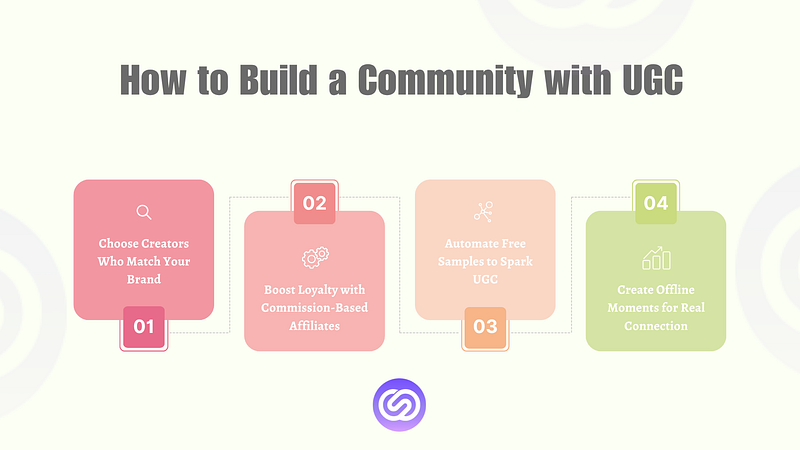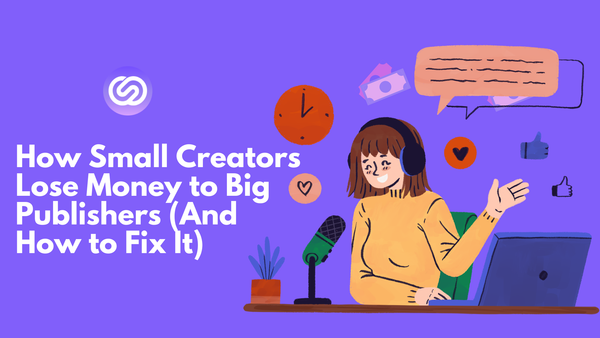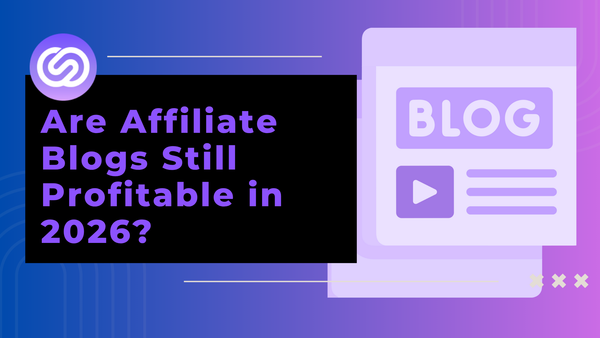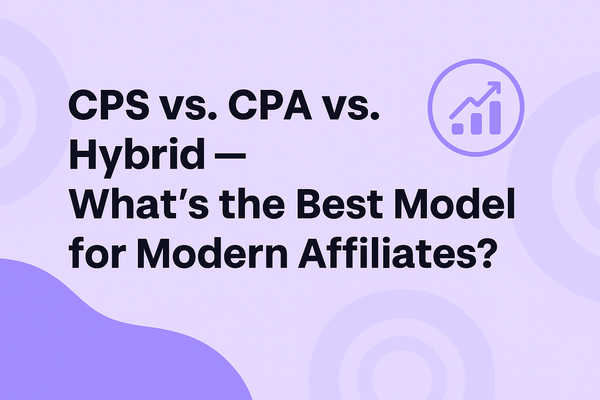Building Micro-Communities Around Your Brand with UGC
The Age of Hyper-Targeted Commerce

The Age of Hyper-Targeted Commerce
E-commerce has evolved. It’s no longer about getting someone to buy after a single touchpoint. It’s about drawing them into a system — a funnel — and keeping them there.
Modern marketing is less about instant conversions and more about sustained engagement. The goal is not just to sell, but to build a relationship that makes buyers return, trust your recommendations, and advocate for you. This means your funnel needs to go deeper than ever before. You’re not just converting traffic — you’re building belonging.
Today, consumers don’t just browse — they enter a loop of discovery, comparison, trust-building, and eventually, loyalty. This shift is especially crucial in the world of Amazon, DTC, and social commerce, where products are hyper-commoditized, and customer retention is the real battleground.
Many Brands Share the Same Funnel
Let’s be honest — your product isn’t alone. It exists in a landscape where thousands of similar SKUs are promoted using the exact same techniques: paid ads, creator shoutouts, AIDA copywriting, and email follow-ups.
Most brands are walking through the same door with the same funnel in hand:
- Awareness: Through TikTok, Instagram, search ads
- Interest: Driven by aesthetic content or problem/solution hooks
- Desire: Through storytelling or influencer UGC
- Action: Discount codes and Amazon links
But here’s the catch: if everyone is following the same funnel, the funnel stops working. Your brand becomes indistinguishable from the next one in your category. You are not competing with bad products — you’re competing with similar stories.
This is why conversion today relies less on traditional marketing triggers and more on:
- A sense of community and belonging
- Peer-led recommendations
- A relationship-first approach to content
- And continuous UGC (user-generated content) momentum
Why Community Beats One-Time Conversions
People buy where they feel like they belong. In creator-led commerce, buyers trust individuals over ads, and conversations over campaigns. So, if your brand is still thinking in terms of CAC and ROAS only — you’re ignoring the stickiness that comes from community.
You don’t need a million followers. You need 1,000 people who identify with your brand. This is why the smartest brands today focus on micro-communities — small but active ecosystems that evolve around a specific identity, value system, or interest group.
How to Build Your Community Through UGC
One of the fastest ways to build or embed yourself into a micro-community is through creator marketing and UGC campaigns. Rather than starting from scratch, it’s much more efficient to tap into creators who already speak to the audience you want.

Here’s how:
1. Find the Right Creators and UGC Talent
Don’t chase the largest follower count. Instead, seek out creators whose values, tone, and community culture align with your brand. Micro-creators (under 50K followers) often have higher engagement and more trust in niche spaces.
2. Leverage Commission-Based Affiliate Programs
Affiliate marketing isn’t just a performance channel — it’s also a community-building tool. When creators are incentivized through generous commissions (especially beyond Amazon’s default rates), they stay invested in your product over time, not just during a one-time campaign.
3. Automate Sample Distribution
Use tools and platforms that allow creators to request and receive products seamlessly. The more frictionless this is, the faster your UGC pipeline grows. You don’t need every video to go viral — you need volume and frequency.
4. Don’t Be Only Online
Host real-life moments: brunches, product tastings, gifting lounges, etc. Offline creator experiences generate real, layered content that builds trust faster than digital-only campaigns.
UGC Works Best at Scale
Just like brands share similar marketing strategies, creators also overlap in their communities. A skincare-obsessed consumer might follow 15 beauty creators — each of whom are posting content for different but similar serums.
That means your product isn’t in isolation. You’re entering a comparison zone the moment you appear on a feed.
In creator marketing, loyalty isn’t permanent. It’s earned — at scale and over time.
To stay relevant, your brand needs to appear across that consumer’s feed multiple times, from different voices, in different formats. Think of it like a surround-sound campaign, but decentralized.
You don’t need influencers with exclusive loyalty — you need persistent visibility. The most trusted brands online are the ones people recognize over and over again through familiar creator faces.
Negative UGC: A Hidden Advantage
Let’s clear something up: not all UGC will be flattering. And that’s okay.
Even the biggest creator-led campaigns have their share of criticism. Take Kylie Skin, for example — arguably one of the most talked-about creator brand launches in the last decade. Alongside the praise came critique, parody videos, and skepticism.

And guess what? It all helped.
Here’s how to handle negative UGC with maturity:
- Acknowledge the feedback instead of silencing it
- Own up if there’s a flaw or misunderstanding
- Respond publicly with updates, fixes, or honest clarifications
- Act on real concerns, and communicate changes clearly
People don’t expect perfection. They expect transparency. Negative UGC can trigger positive conversations — if you handle it with grace.
The Role of AI-Generated UGC: Should You Use It?
With platforms like ReelFarm, Synthesia, and others offering AI-generated creator videos, a new question emerges:
If UGC is built on authenticity and trust, does AI-generated UGC even work?
Yes — but only in the right context.
Here’s when AI-generated UGC makes sense:
- Product demos: When you need scalable, neutral walkthroughs for Amazon listings or ads
- Awareness campaigns: For broad reach, where relatability is less important than message clarity

Early testing: If you’re still figuring out your messaging or funnel and don’t want to invest in human creators just yet. Don’t treat AI UGC as a replacement. Use it as a support layer until you can build real creator advocacy.
Conclusion: UGC is the Infrastructure of Modern Branding
UGC isn’t a trend. It’s the infrastructure of creator commerce. But here’s the truth most brands forget:
- UGC only works at scale
- Communities are built through repetition and relatability
- Negative UGC is feedback, not failure
- AI UGC is a tool — not a trust replacement
- The most successful brands show up again and again in authentic, peer-driven ways
If you want to build a brand that people not only buy from — but talk about, root for, and tag in their content — you need more than conversions.
You need community.
If you are a brand struggling with creator marketing, stick with us regular updates.



